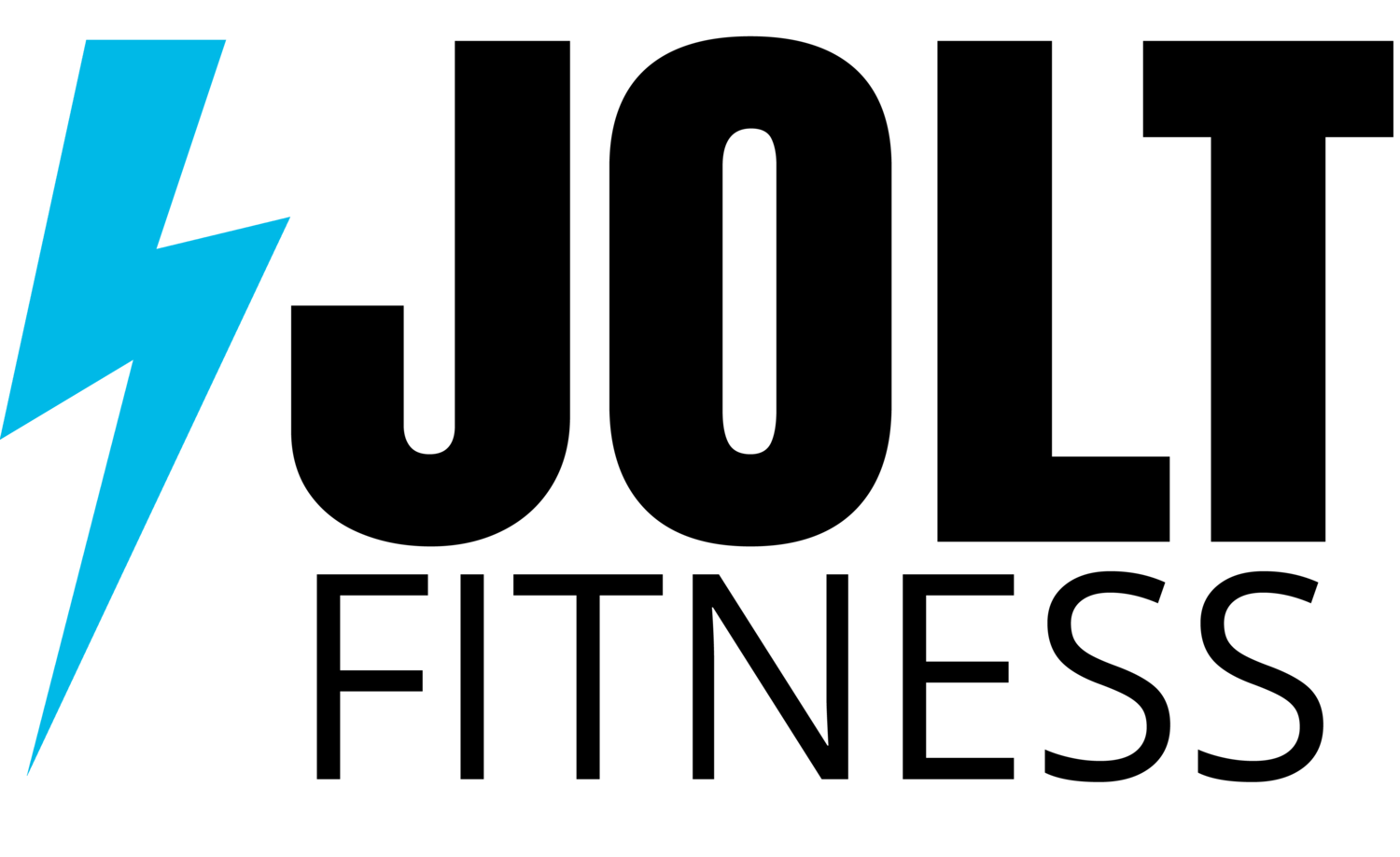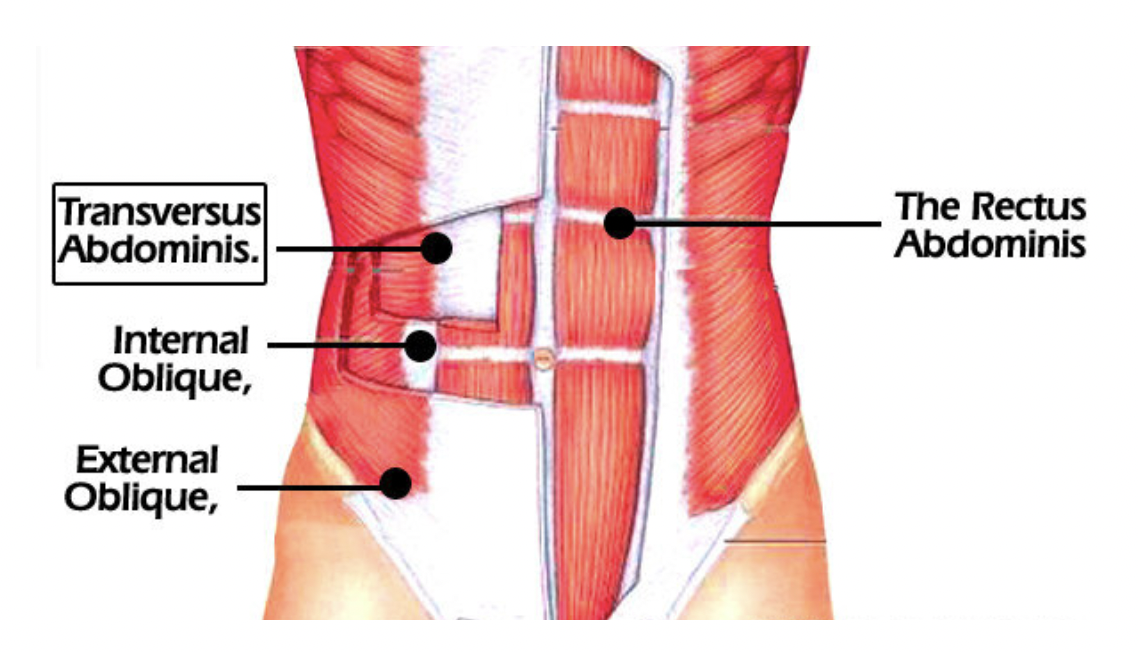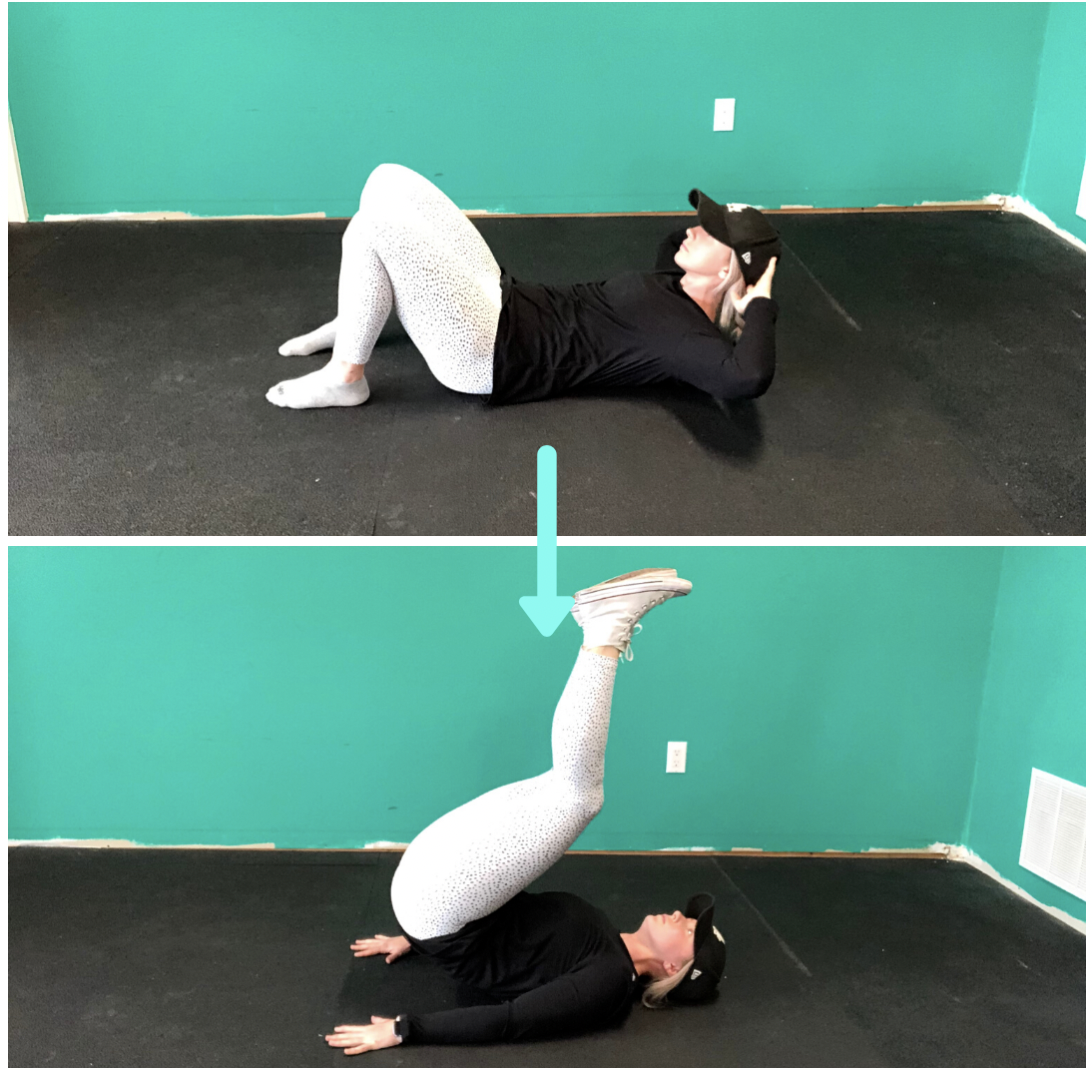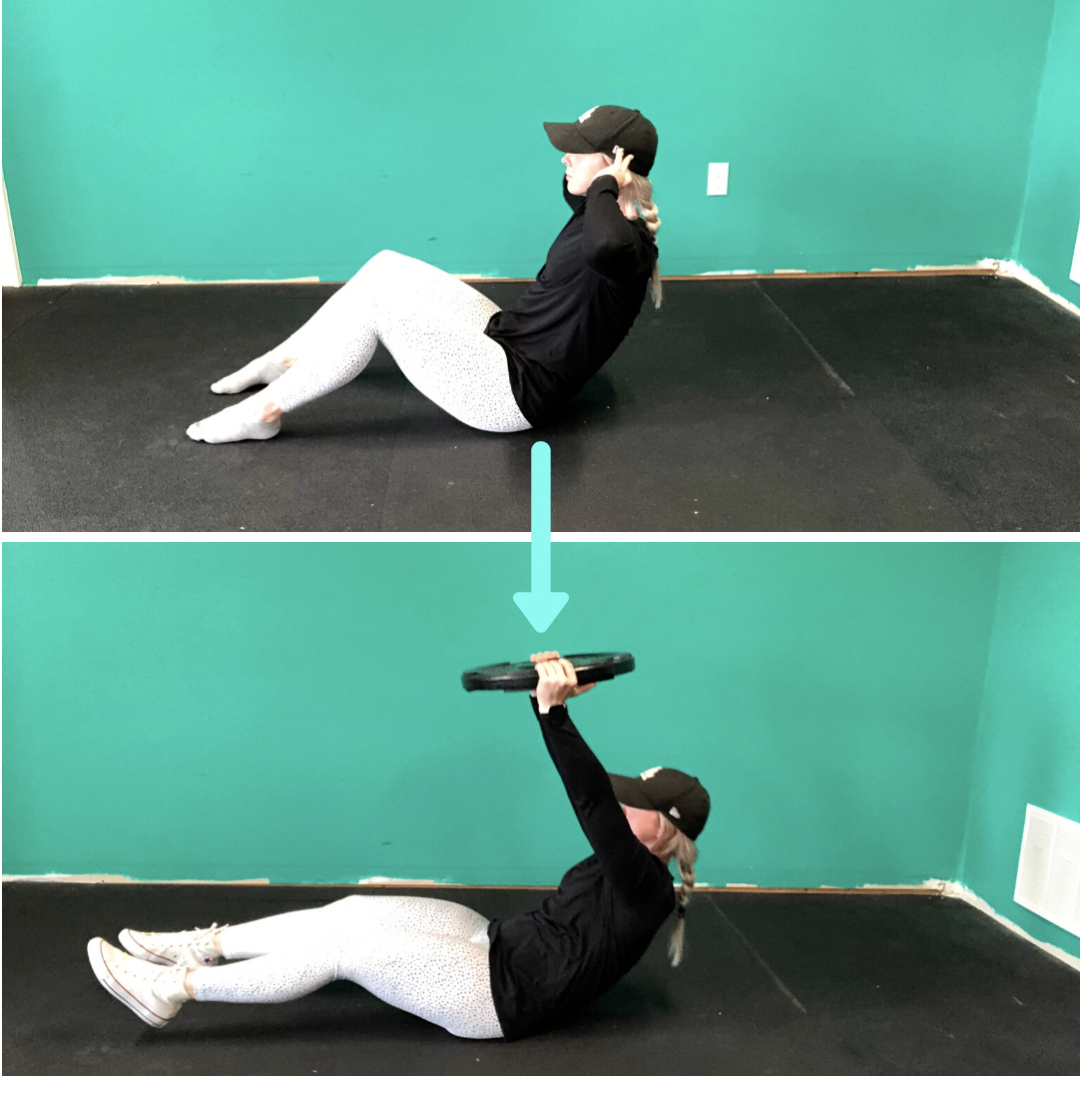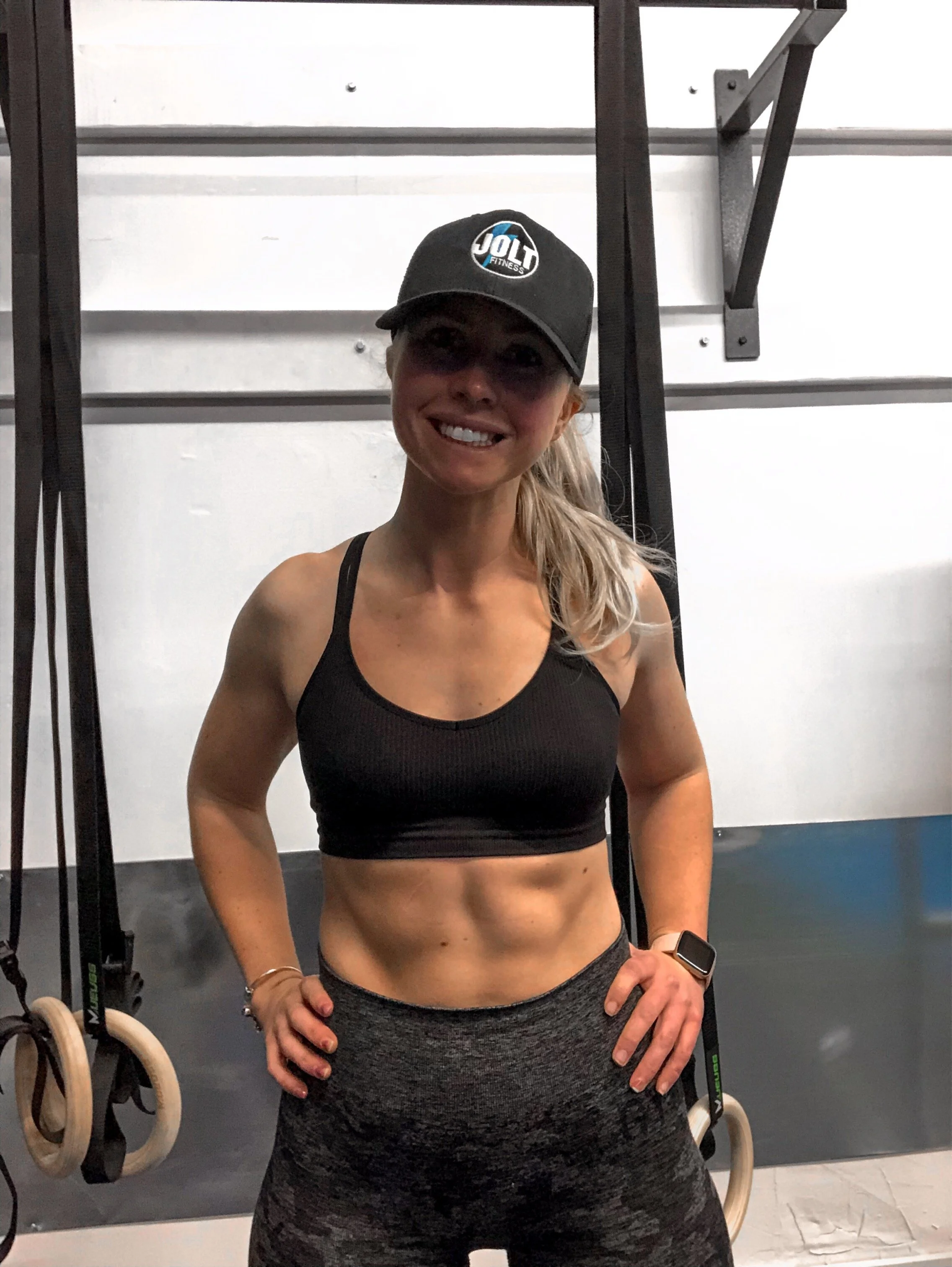THE ULTIMATE GUIDE TO CORE TRAINING
When we think of being fit and “in-shape” we tend to picture men and women with shredded 6-pack abs. But did you know there are more millionaires in the world then there are people with 6-packs? That’s how difficult it can be to get that ninja turtle look. The fact that it’s so hard to obtain and worshipped within the fitness community could be the reason it’s so desired by many. Before we jump into it I want to remind everyone, that we ALL have abs (if we didn’t we would be a wet noodle on the floor) and visible abs aren’t always a sign of optimal health and fitness.
The fact is sometimes abs are visible and sometimes they are not. For most people our abs (whether strong or not) are covered by body fat. The shape of our abs and where we carry our body fat can be due to genetics, hormone imbalances, high stress levels, lack of sleep, nutrition, and training program.
Visible abs are an equation of body fat percentage (built by lifestyle choices and nutrition) and muscle mass (built by resistance training). When we search “6-pack abs” on the internet you typically see a lot of these shredded low body fat men and women posting 300 rep challenges and crunch our life away workouts like this….
The trend of high rep core workouts doesn’t come unwarranted. It’s based on the thought that the core is made up of more “endurance based/slow twitch” muscle fibres because they have to hold you upright all day, thus they are mostly endurance muscles. However, this isn’t necessary the case the core is made up of many different types of muscle fibres that don’t just endure, but also generate power and strength.
Our entire body needs to be trained through a variety of rep ranges. Although there is no magic number, its important to cycle through different ranges. We know that using resistance training, cycling through rep ranges, and proper form is the best way to train and grow muscles. Yet, these 100+ crunch workouts still show up all over social media. We would never ask a client to perform a bicep curl with no external resistance for 100 reps because this would not elicit significant growth. It would look pretty silly wouldn’t it? The abs are no different then any other muscle on your body, so we need to train them appropriately.
If you’re a beginner, doing a sit-up with our body as its own resistance can be enough to elicit change, but we are still not making you do 100 continuous reps of anything. If we can do 20 sit-ups, its likely time to progress the movement with external resistance, tempo, or movement progression. If you’re still working on your first sit-up? That’s a good sign it’s time to work with a trainer to help you progress through variations like the McGill crunch, utilize strength building isometrics, and learn proper breathing and bracing.
If you’re looking to effectively train your core, join us for:
CoreHiit classes
Mobility & Core classes
Online Development Program: Core available through our app
ANATOMY
The core is the trunk of your body connecting upper to lower. Not only is it desired for its appearance, but a weak core can lead to back pain and shitty lifts. A strong core is a prerequisite to a strong deadlift and squat + more. A weak core in females can also lead to more troubles during labour. The core is made up of more then just your abs and includes pelvic and glute muscles. The most predominant and aesthetically pleasing muscles of the core being transverse abdominis, obliques, and rectus abdominis.
Transverse Abdominis (TVA) - This lies deep and acts as a corset to pull you flat, it is activated with deep breathing and by drawing your belly button to your spine. This is the muscle that separates as we become pregnant to allow space for baby to grow and needs to be rehabbed post natal. Typically when this is weak or down regulated it can lead to low back pain or abs that bulge out. Exercises for TVA would include Hollow Body Hold, Dead Bug, Bird Dog and Planks.
Obliques - The obliques give you those “V” muscles that can be visible right above your pants. These help us rotate (and resist rotation) and are activated by rotating or bending side to side. Exercises include Cable Chops and Russian Twists or anti rotation exercises like Palof Press.
Rectus Abdominals (AKA Abs) - The role of of the abs is to round the spine to sit up like you’re trying to roll a towel flexing each vertebrae one at a time. This closes the gap between the ribs and the hips. These are the visible square 6-pack type muscles. Exercises include Decline Sit Ups, Weighted Sit Ups, Knee Raises, and Reverse Crunches.
All the above exercises listed are progressively programmed in our Online Development Program: Core.
HOW TO TRAIN THE CORE
The core is clearly made up of different muscles that elicit different movements and need to be trained that way. Doing sit ups and planks over and over again can only get you so far and only work a portion of the full picture. This can lead to injury and of course under developed appearance of abdominals. The core needs to be trained through stabilization, rotation (and anti rotation), and crunching. During ODP: Core I ensure there is a balance between all the core training patterns.
PROGRESSIONS:
Beginners will start with body weight movements and once those are mastered we will move to progressing the movements to make them harder. Progressions can include increasing the rate of gravity, external resistance, or time under tension (slower reps). I have listed a few progressions below. Of course, this list goes on and on, but a few main ones to help you progress rather than waste time doing 100’s of reps.
A regular crunch progressed to a reverse crunch or decline reverse crunch…
The weight of the legs is heavier then the weight of the shoulders/head and/or by adding more gravity through a decline bench therefore progressing the movement
A regular sit up progressed to a weighted sit-up
You can add difficulty by holding a weight at your chest or overhead
A kneeling or regular forearm plank progressed to a weighted plank
You can progress a plank by adding more weight or by lifting a hand or foot off the floor
FREQUENCY:
A lot of people will argue that because your core is working during a deadlift, squat, and basically all day long to hold you upright that they don’t need their own specific training. If this was true, then no one would work out any muscles at all. Yes, these compound movements take great core strength to perform correctly, but it’s not the be all end all for core training. Each muscle and body part should always be moved through your full range of motion for as long as we live because if we don’t use it you lose it! However, the abs don’t need to be trained every day for hours on end, like other muscles on your body they also deserve 24-48 hours rest between sessions depending on your current level of fitness and programming.
WAist trainers, waste of time
A waist trainer (WT) is a modern day corset that can cause long lasting damage and even death. A waist trainer is a device that wraps around your midsection. It can be made progressively tighter overtime with the intent to shrink the waist. Recently made popular by the Kardashians, which is the first sign that the fitness advice isn’t reputable.
The waist trainers work because they force the internal organs inwards and push your rib cage inwards. They shove the diaphragm, colon, liver, stomach, and small intestines together causing digestion, breathing issues and more. The WT does not actually reduce body fat it just shifts it around. Therefore, the user is still at risk for disease and illness. Once the WT is removed, the body will return to normal shape (given that long term damage has not occurred). It also demands the abdominal and back muscles to become weaker (atrophy) because the muscles aren’t at work when they are in the trainer. The trainer does all the work for the body (similar to over reliance on posture assistance devices) and therefore core muscles atrophy. The shifting of organs and ribs could also result in negative outcomes in future pregnancies or weight gain. The unfortunate part is, those influenced by desperate celebrities are young girls who are still growing. By wearing these trainers the young girls are interrupting their growth which can lead to movement and health dysfunction in the future.
STRONG FIRST
Most importantly, I want you to know that it’s more important to have a strong and functioning core then it is to have 6-pack abs. A visible 6-pack does not always mean healthy (although it can). Abs are temporary, but health and movement are forever. Sometimes I have visible abs and sometimes I don’t. It doesn’t matter because no one is going to look back on your life when you’re old and be thankful for your abs. They will be thankful that you were a strong and healthy physically and mentally. They will not determine your value by the amount of cheese you could grate across your body, but they will remember the good times had over cheese (and wine). We are all going to be wrinkly some day. My plan is not to avoid that, but to ensure I move well and live fully throughout it. I implement core exercises that target all aspects and areas of movement. I believe in living pain free, standing strong and confident, having strong lifts, and ease during child birth is more important than a “beach body”. Train smart my friends!
Train smart my friends and join us for the ultimate core program ODP: Core.
